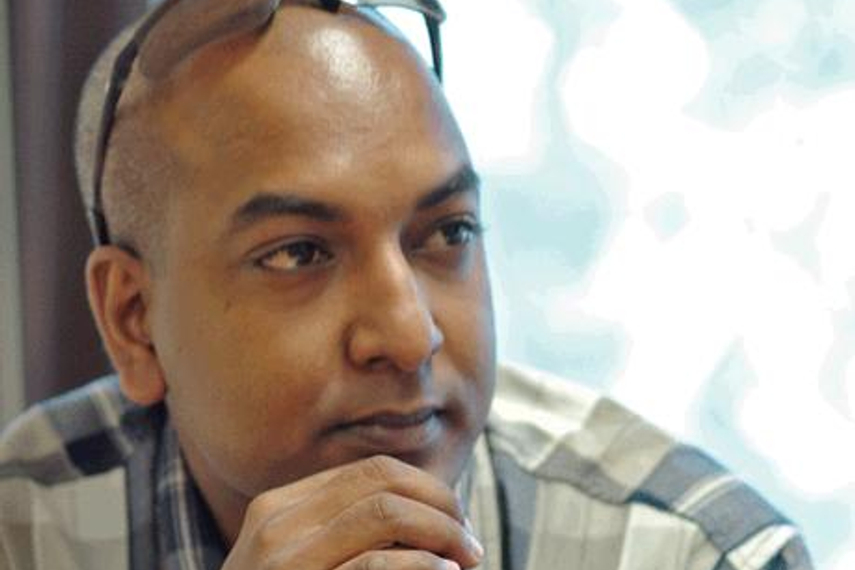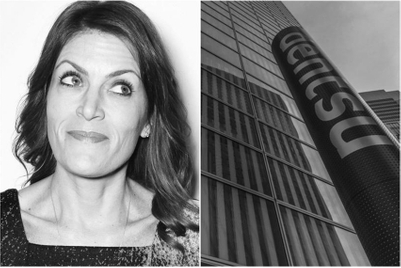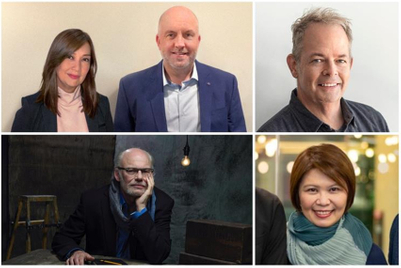
“When clients use this they will also be doing good because we will be bringing people from disadvantaged backgrounds and training them up. They will be investing in a career for people who wouldn’t normally get a break and get the opportunity to come into our industry,” said Tracy De Groose, Dentsu Aegis Network UK’s chief executive offficer, in a recent interview with Campaign UK.
This followed De Groose’s talk at Advertising Week Europe, in which the chief executive revealed that Dentsu Aegis Network would launch a new agency with people from disadvantaged backgrounds.
Fortysix, she stated, named after the 23 pairs of human chromosomes, will be a standalone agency within the group with digital creative clients. It will be led by ‘digital native’ Lewie Allen, and help clients reach the ‘ad-blocking generation’.
De Groose explained that Allen does not have an advertising background, but possesses the digital creative skills that the industry was looking for, and could work at pace. Staffed with people from outside adland, the intent is to grow the team to 10 by end-2016.
The chief executive explained that hiring people from disadvantaged backgrounds to join current agencies has not worked because they feel different to their colleagues and do not fit in.
De Groose explained that instead of bringing them into a shop and telling them what to do, Dentsu Aegis Network was asking them to build an agency and effectively tell the network how to do things in the new world.
The takeouts
There are a couple of attendant admittances that accompany the appreciable announcement.
One is that people from disadvantaged backgrounds do not find a way into advertising. The context is set in the UK, but it could well apply to several other markets including ours. We all know the value of diversity. Or do we?
Brands roam the streets in search of what consumers want. They invest in live and remote ethnographic studies to understand what the domestic help, influencers of key categories, think. How s/he perceives a product, brand, service, what influences him or her. Yet, marketing teams and their agencies choose to find these insights through a layer outside their immediate realms. There has been little scope for someone from within to bring into the marketing unit an interpretation that is his or her own, thanks to an upbringing that is aligned with the TG.
The A-school (arts), B-school, C-school (comms) hiring trap ensures that it is the like-minded that dominate the discourse, often with a uni-directional socio-cultural evolution chart.
So what do we do? We borrow. We borrow from cinema to make up for the absence of that cultural connect with constituents still separated from the marketing universe. Cinema, especially the regional, understands and caters to the local idiom. Works fine, except that the borrowing can carry very high interest when it goes wrong.
There are some efforts to counter the slant with diverse hiring, but there’s far too less of that. The consuming classes are growing, but the marketing classes are not inclusive of them. Why do we believe we can cater to them, without them being involved in creating those campaigns?
Because we are happily elitist, and feel no regret for how the industry came into being. An English-dominated ad world has evolved to embrace Hinglish, Tanglish and co., but it still remains populated for most part from the top rungs of the socio-cultural chain.
You only have to look at classical music and dance forms to see what happens to elitist art over time. While many a classical singer has embraced popular music through movies, they cannot recreate the magic with folk forms. There are specialists for that, too.
Two: There is also admittance that integrating a newer, diverse segment of people into the agency has not worked. Rather, the intent is to let them show a new way of working, that the network can learn from.
There have been attempts to create agencies that specialise in addressing a diverse audience, like Las Vegas shop The Diversity Agency, run for the last 30 years by a Hispanic marketing expert. Among networks, Ogilvy has created Noor for the Islamic world.
They do not have to be standalone in a market like India. Marketers and agencies here are blessed with natural diversity. But they still remain exclusive of the consumer at the bottom of the pyramid. How richer all stakeholders would be, if marketing could bring them into its fold.
(The author is managing editor, Campaign India. This article first appeared in the 29 April 2016 issue of Campaign India.)


.jpg&h=268&w=401&q=100&v=20250320&c=1)



.jpg&h=268&w=401&q=100&v=20250320&c=1)
.jpg&h=268&w=401&q=100&v=20250320&c=1)

.jpg&h=268&w=401&q=100&v=20250320&c=1)
